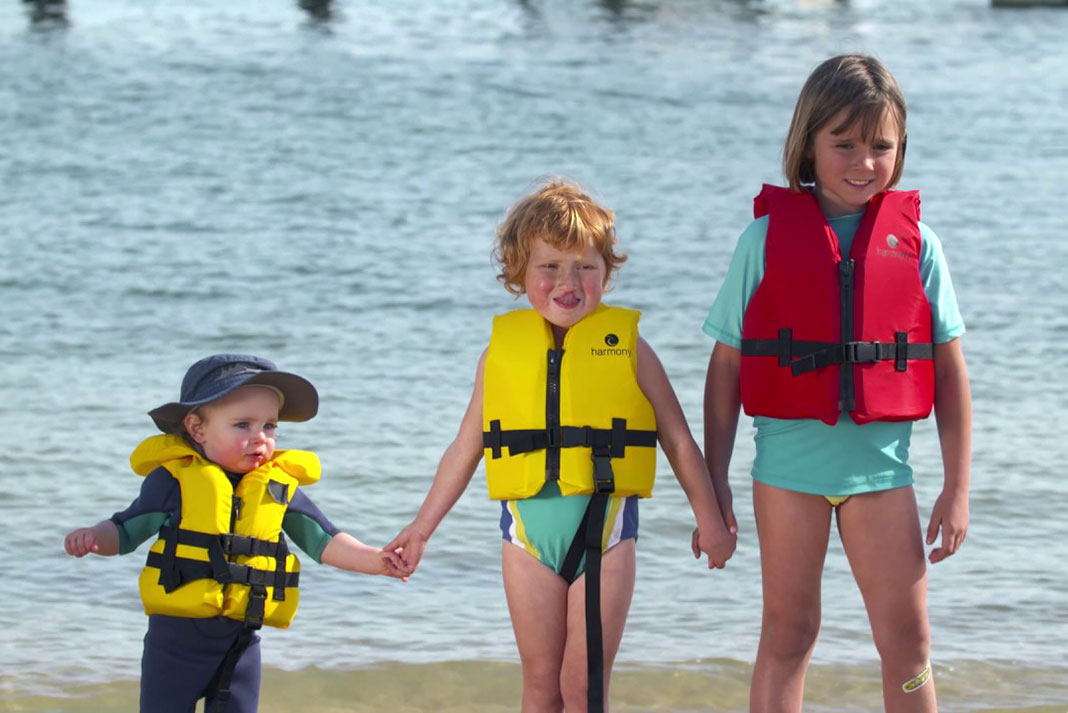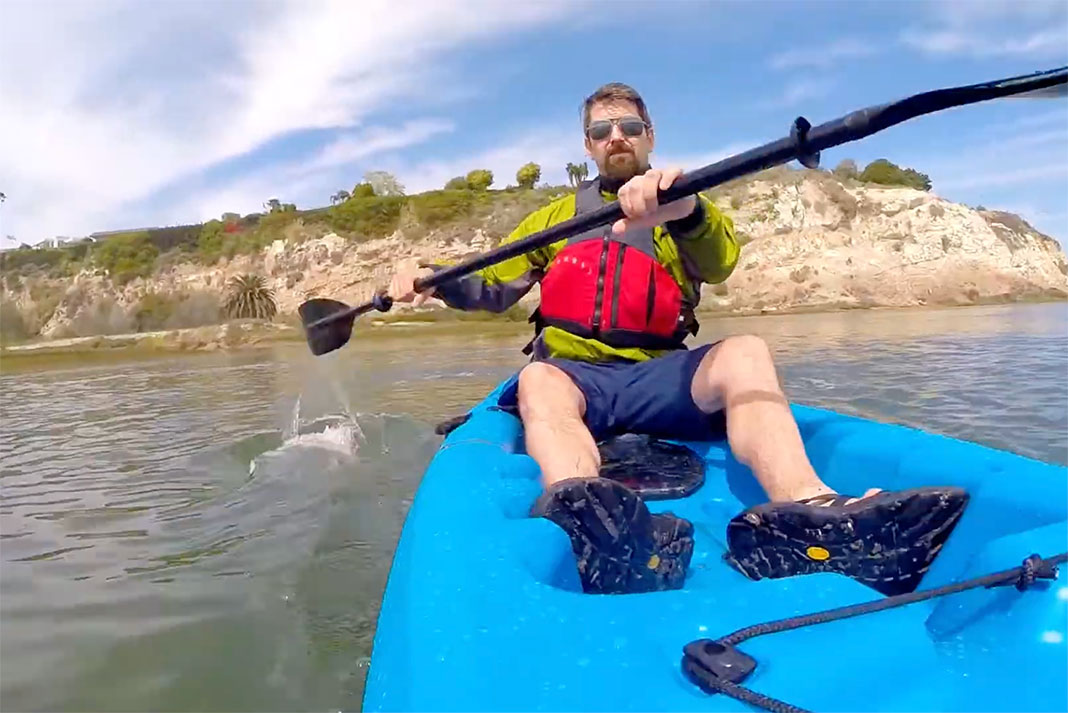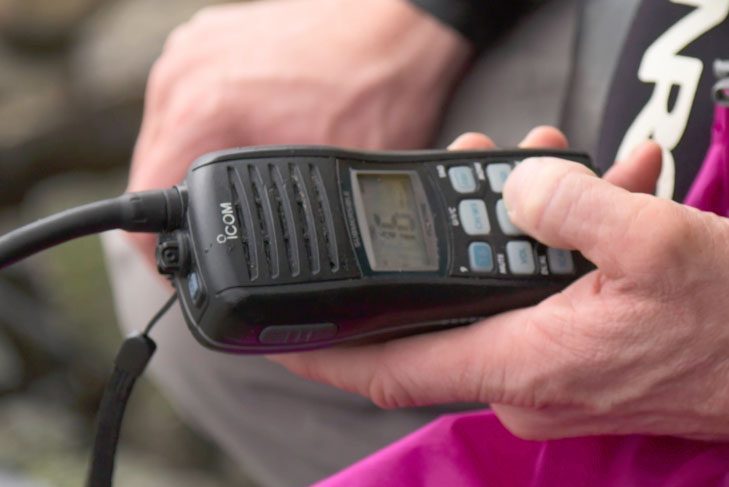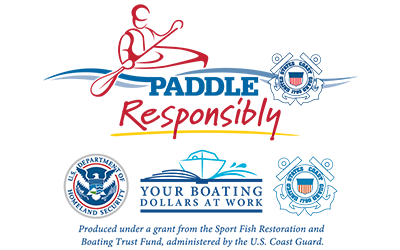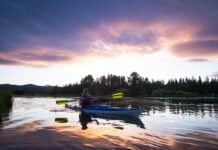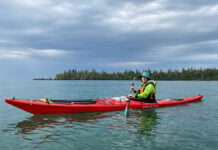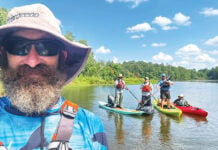1 Wear a life jacket
Everyone, even strong swimmers, needs to wear a life jacket at all times when on the water. It is extremely difficult to put a life jacket on once you fall into the water. Even a light wind can blow any paddlecraft away from you, faster than you can swim.
Always wear a USCG-approved Level 70 or Type III life jacket designed for paddling.
2 Wear the appropriate leash when stand up paddleboarding
A leash should be worn to keep your SUP with you when you fall off. An ankle leash is appropriate for surfing, but not on rivers, in swift currents or any conditions where being tied to the board could prove dangerous. For those activities, use a quick-release leash that attaches to your life jacket.
3 Paddle sober and smart
Never mix alcohol and paddling. Coast Guard and state BUI (boating under the influence) laws apply to all vessels. This includes canoes, kayaks, SUPs and rafts.
4 Stay clear of all other vessels
Know the “Rules of the Road” Navigation Rules that govern all boat traffic and stay out of the way of all other vessels.
Never assume that power boaters can see you. Avoid high-traffic areas whenever possible. Proceed with caution when you can’t avoid paddling near boats. Dress for visibility.
5 Dress for immersion, not air temperature
Your body loses heat much faster when immersed in cold water than it does when dry.
Avoid cotton clothing like t-shirts and jeans; they retain water and accelerate cooling when wet. Synthetic fabrics, or wool, are generally a better choice. If the water is very cold (60° fahrenheit or less), you should wear a wetsuit or drysuit.
6 Check the weather
Plan for changing weather conditions. Prepare for the worst case. Don’t forget to check tide, currents, or river levels.
7 Carry a whistle (and a light for night use)
Every paddler should have a whistle attached to his/her life jacket. Carry a light at night. Consider carrying a distress signal device.
8 Carry a waterproof VHF radio, use your phone only as a backup
A handheld VHF marine band radio allows you to communicate with the Coast Guard and other boat traffic. Use Channel 16 only for hailing and emergencies. The radio should be waterproof, because it is virtually certain to get wet.
A cell phone, even if in a waterproof case or sealable bag, might not work, so don’t rely on it as the primary means of emergency communication.
9 Know the local hazards
Check navigation charts before you launch. Check with those who have local knowledge of man-made and natural hazards, e.g. low-head dams; sweepers, strainers and undercuts; tides and currents; and rocks and shoals.
10 Education: Get some!
Take a paddling safety course from the American Canoe Association (ACA), your local paddling shop or outfitter, or other reputable source. Take a boating safety course from the U.S. Coast Guard Auxiliary, U.S. Power Squadrons® or your own state’s boating agency. Take on-the-water skills training.


